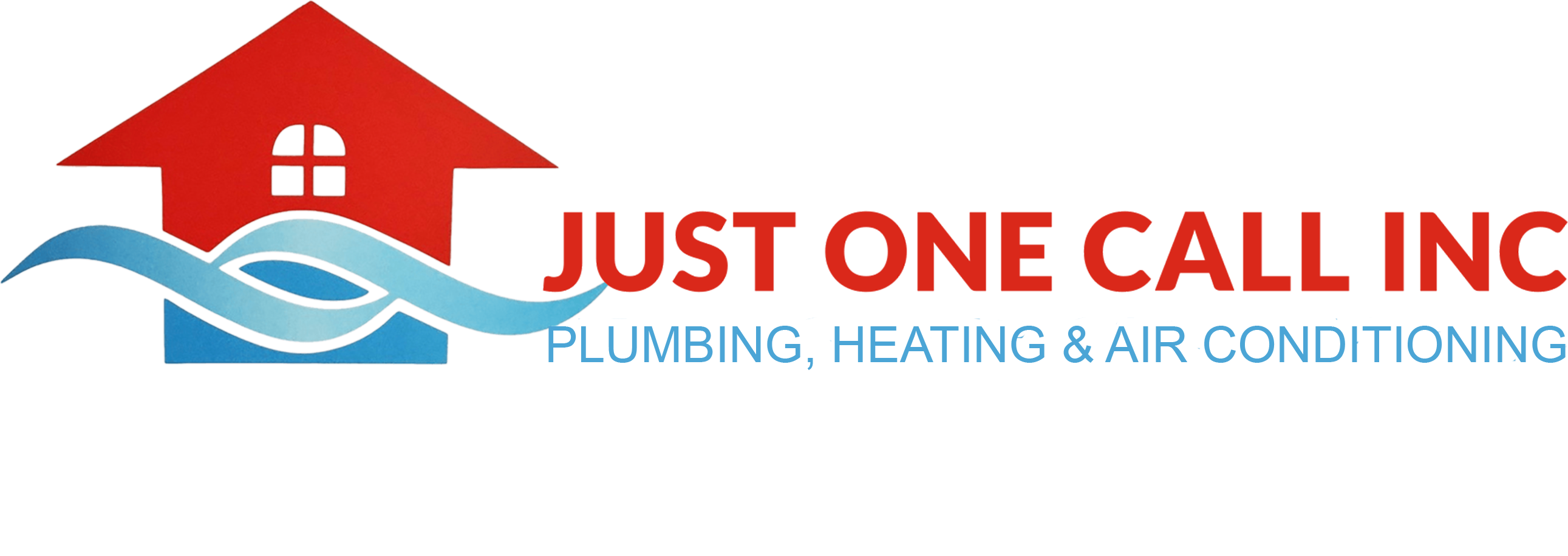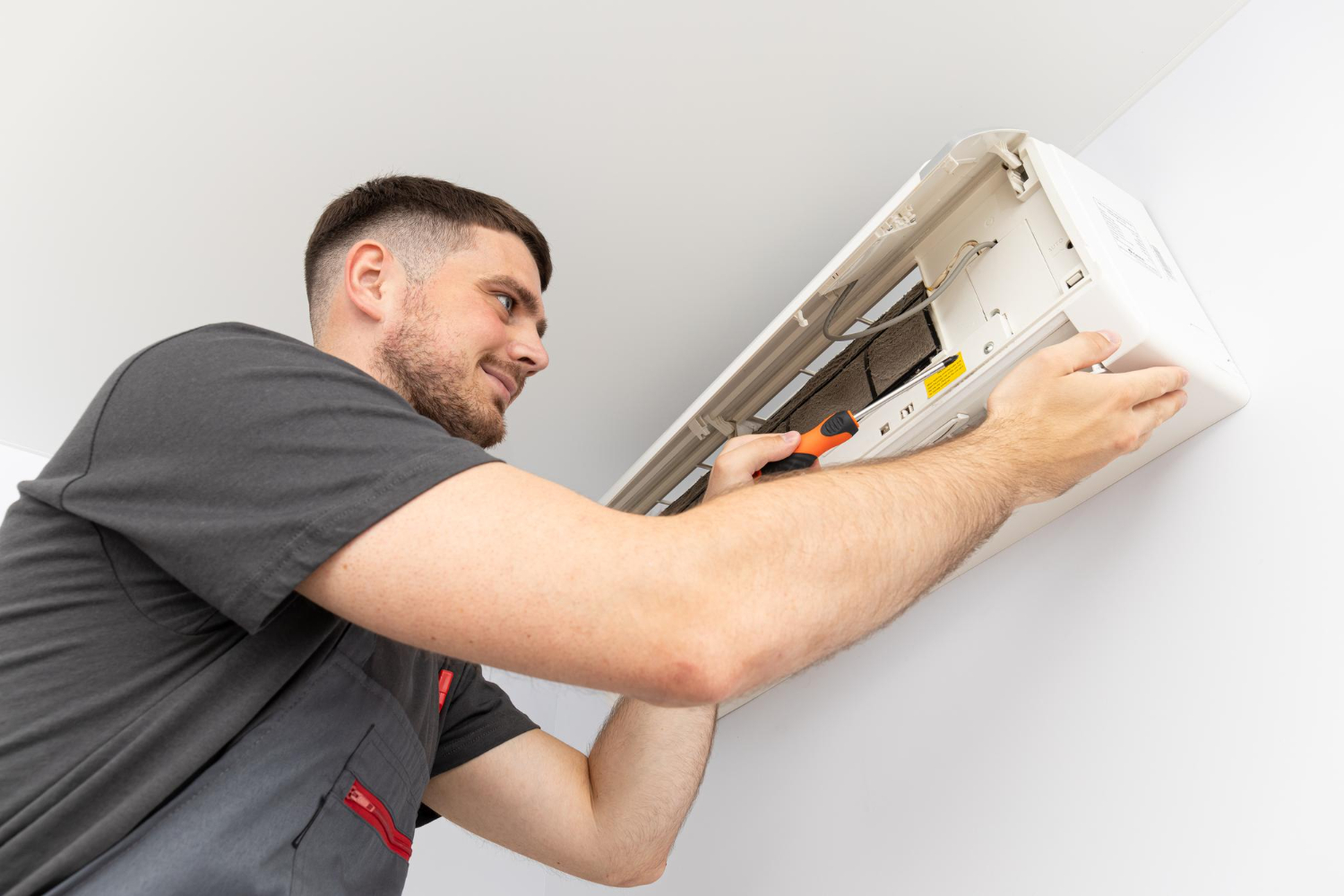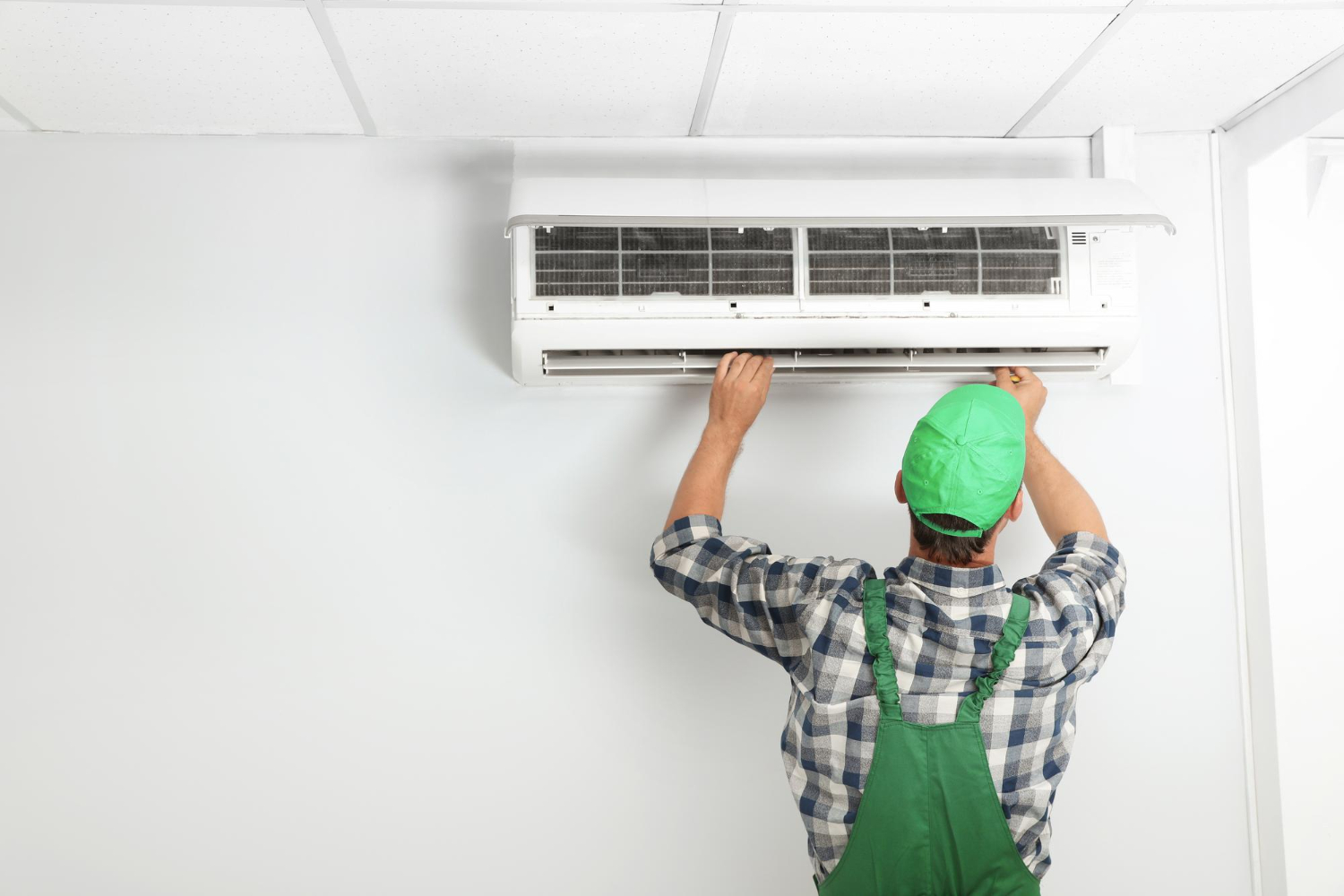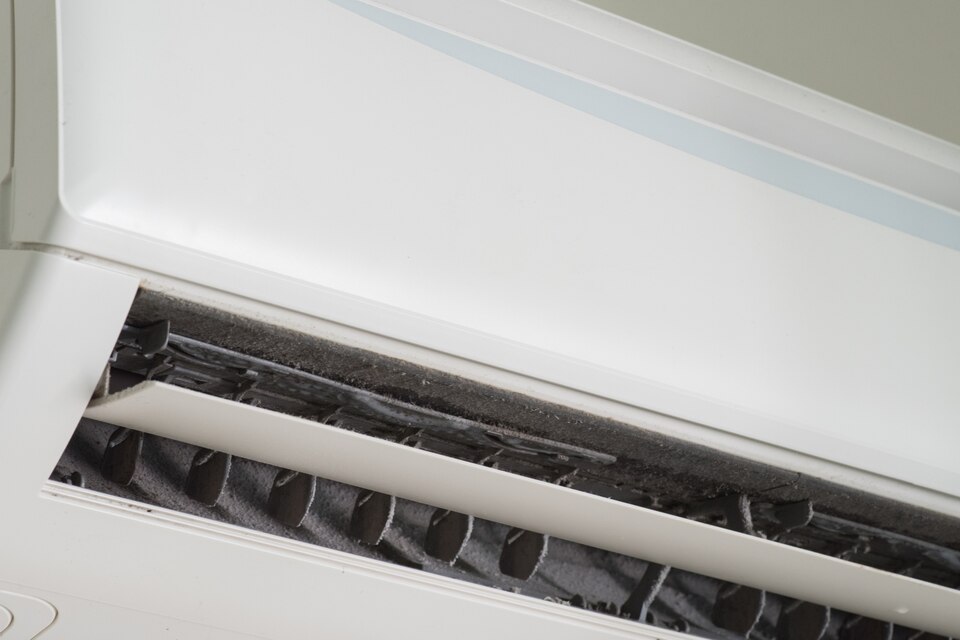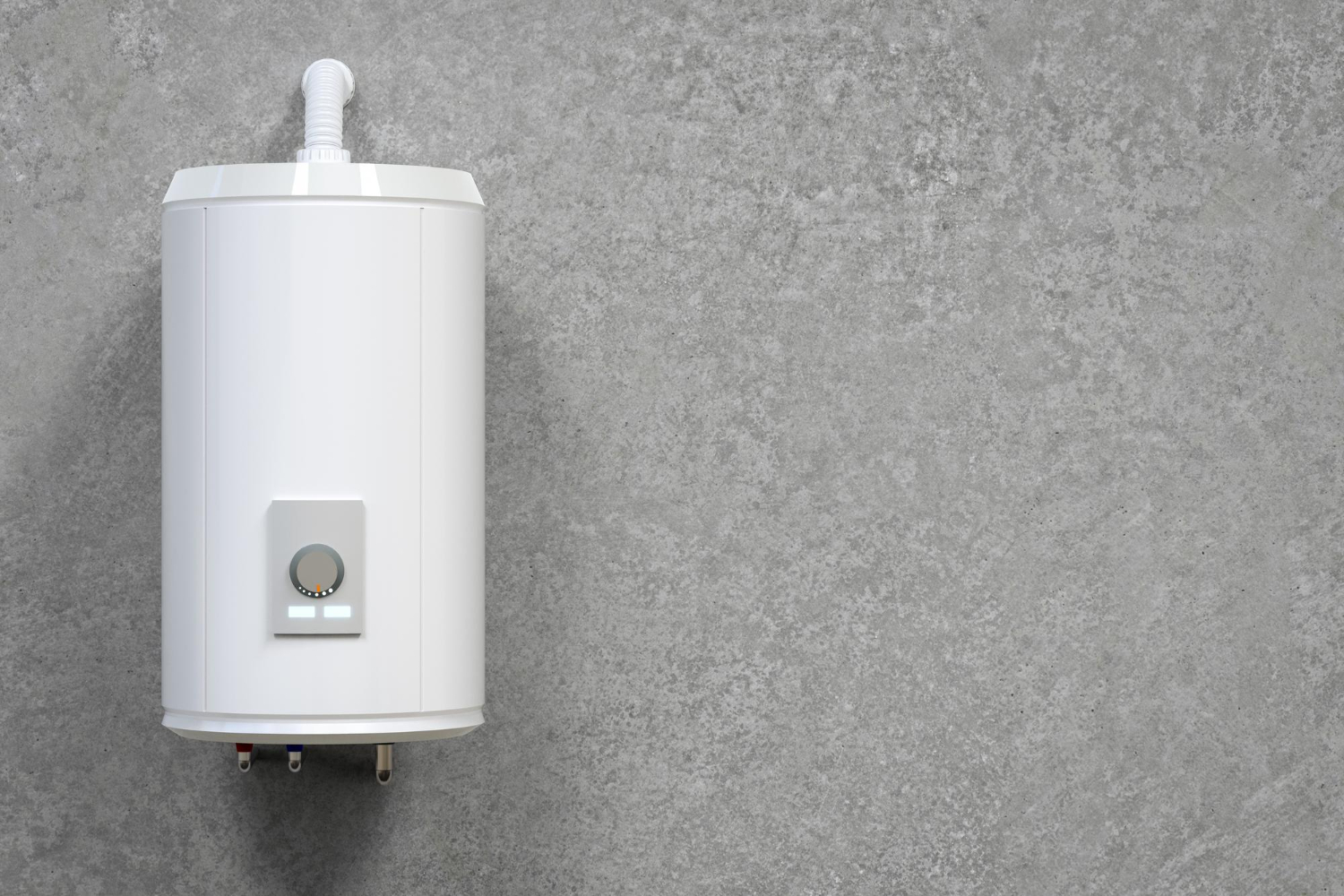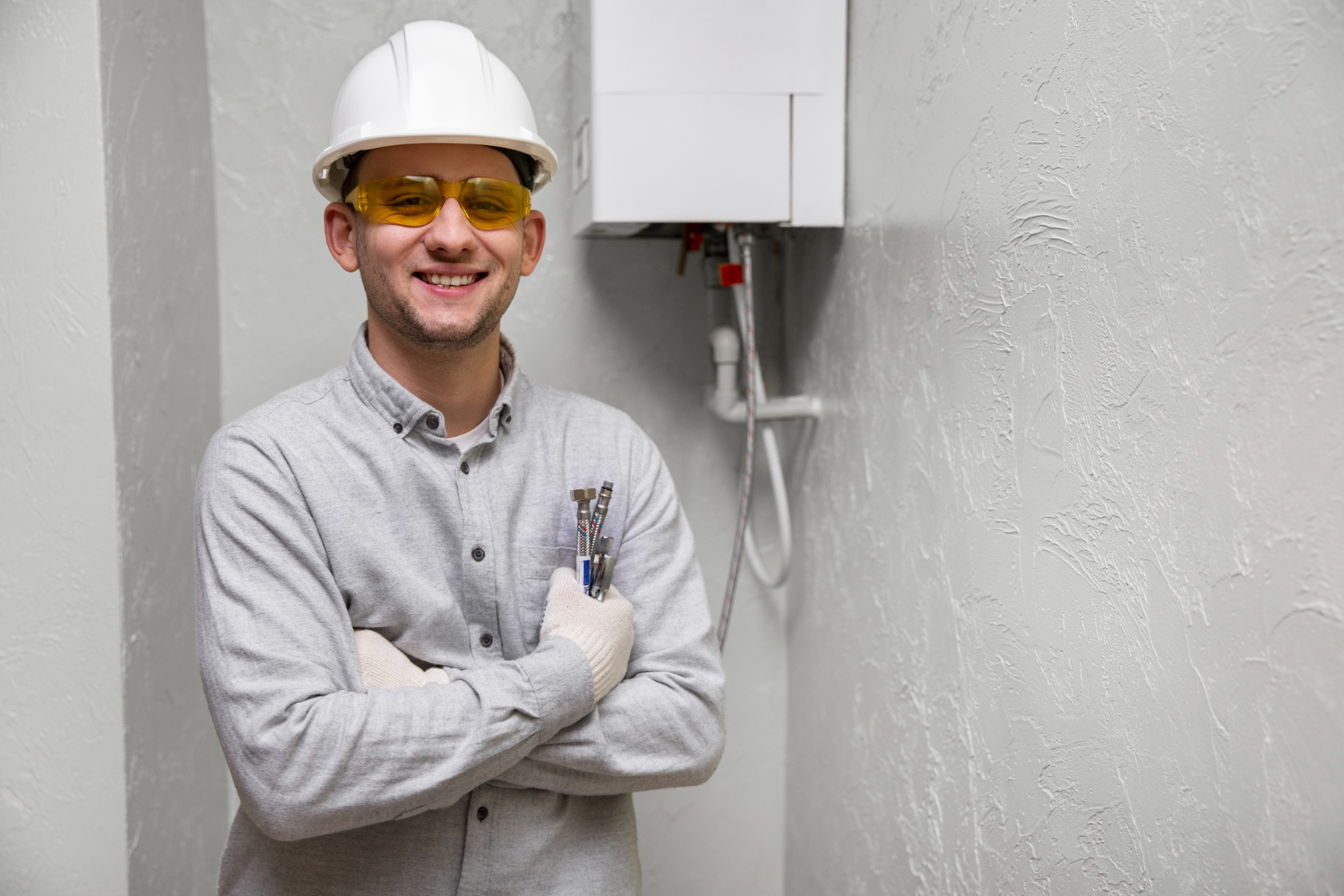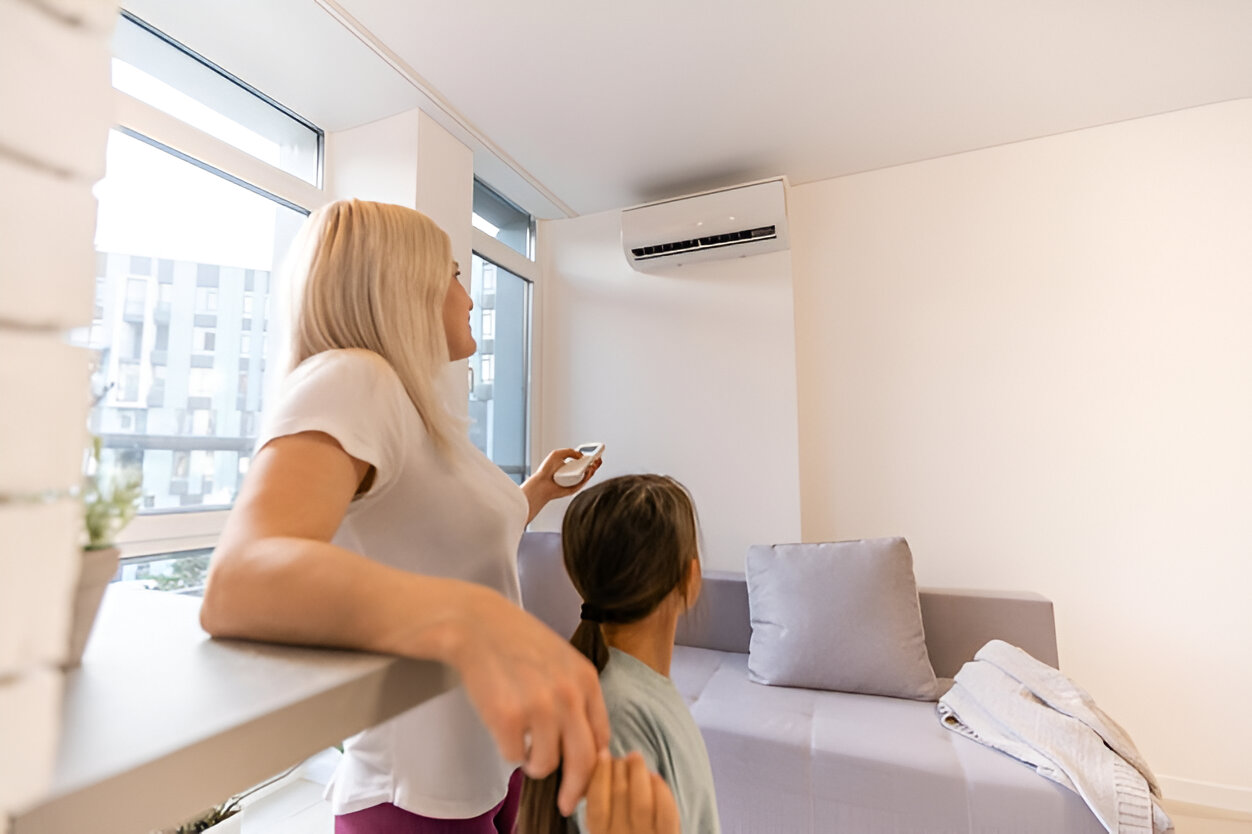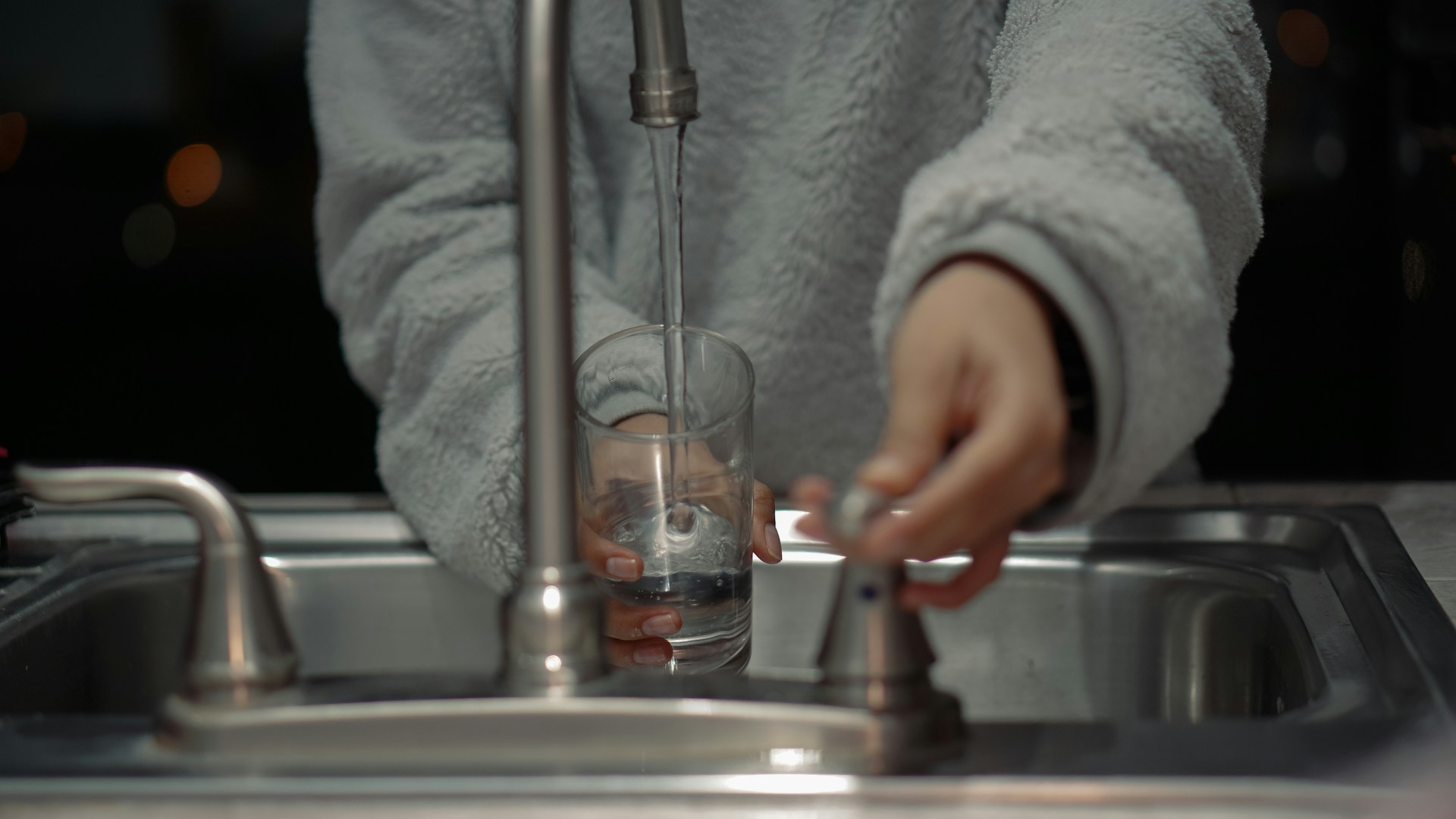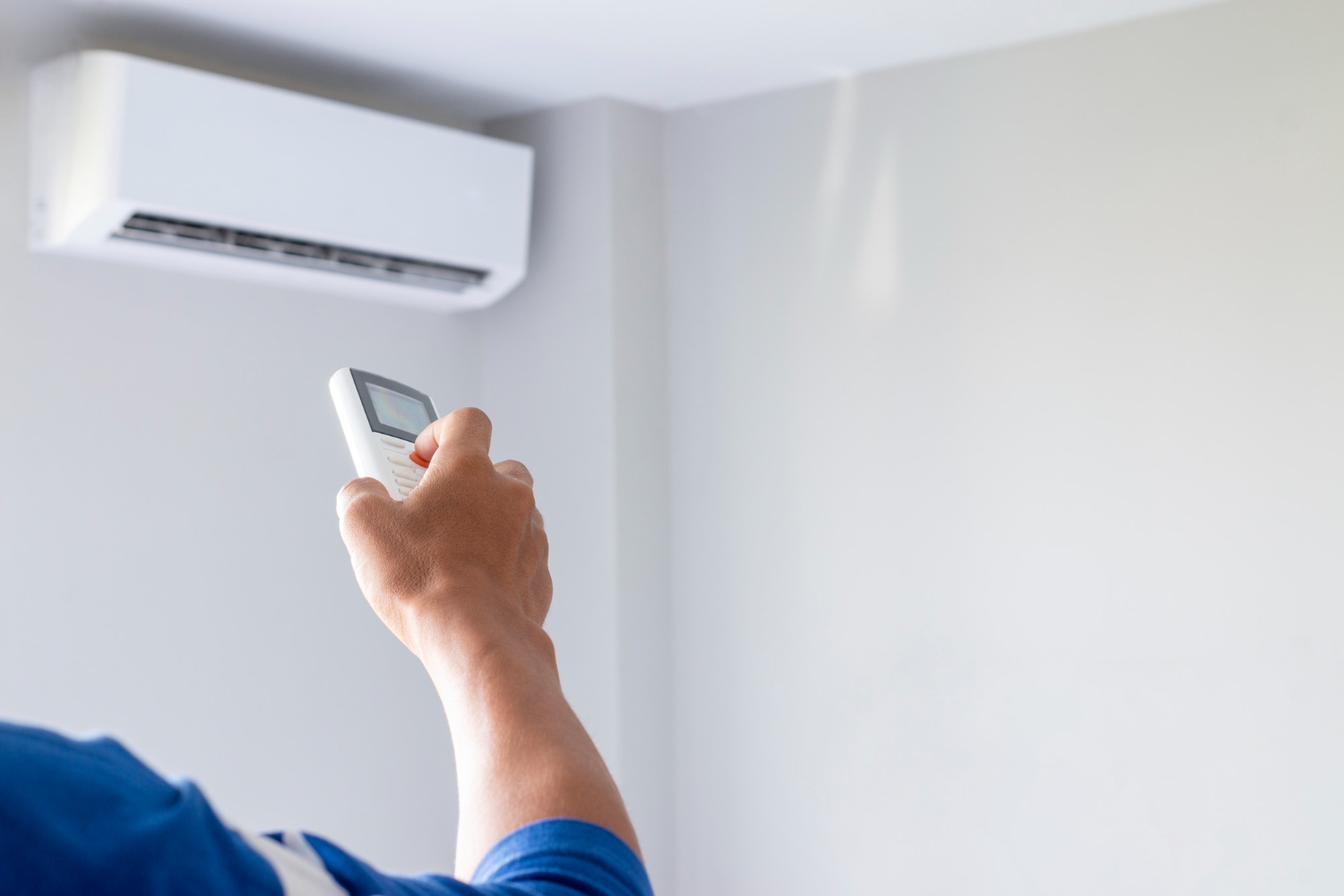When the temperature climbs in Calabasas, your AC becomes one of the most relied-on systems in your home. It’s not just about staying cool, but maintaining comfort in every room, especially during long stretches of summer heat. One of the most important parts of your AC system is the compressor. Without it, the system can’t do much more than circulate warm air. The compressor works by circulating refrigerant throughout the unit, allowing the system to cool the air before pushing it into your home. If the compressor stops working correctly, your AC won’t be able to keep up with the demands of a hot Calabasas summer.
Unfortunately, AC compressors don’t give up without warning. There are a number of signs that point to a failing compressor, and understanding these symptoms can help you avoid a complete breakdown. Many of these signs show long before the unit shuts off, giving you a chance to fix the issue before major repairs or AC replacement become necessary. Recognizing what’s normal and what points to trouble makes a big difference in protecting the comfort and performance of your cooling system.
Common Symptoms of a Failing AC Compressor
The compressor is located outside in the main part of your AC system, often called the condenser unit. While you may not think about it often, you’ll likely notice if it starts acting up. Some of the most noticeable symptoms include unusual sounds, changes in airflow, or strange behavior from the unit itself.
Look out for the following issues:
– Rattling or clunking noises: These can happen when internal components of the compressor become loose or worn. The compressor has several moving parts and when any wear out, they often create noise that doesn’t go away on its own.
– Warm air blowing through vents: When the compressor isn’t working properly, it can’t pressurize refrigerant to cool the air. As a result, your system ends up circulating warm or room-temperature air instead.
– Vibration or shaking from the outdoor unit: A compressor struggling to start, sometimes called hard starting, can cause the outside unit to shake or vibrate aggressively for a few seconds. This symptom may also mean a failing start relay or capacitor, but compressor damage is also a possibility.
If you’re hearing more noise than usual or your AC is blowing warm air even on a relatively mild day, the compressor may no longer be functioning as it should.
Causes Behind AC Compressor Failure
A lot can go wrong inside a cooling system, but compressor problems often stem from a handful of common causes. Once damage starts, it tends to have a domino effect, leading to even more wear. That’s why fixing problems early matters.
Some of the most common causes include:
1. Refrigerant leaks
Low refrigerant levels force compressors to work harder. Over time, too little refrigerant causes the compressor to overheat, leading to internal failure. Leaks can also allow air and moisture into the AC system, which can damage other parts as well.
2. Electrical issues
Faulty wiring, capacitor problems, or surges can prevent the compressor from turning on or running smoothly. Electrical failures often go unnoticed until the system completely stops working. This is why checking wiring connections and terminal integrity during routine maintenance is important.
3. Lack of maintenance
Clogged filters, dirty coils, blocked airflow—these all increase strain on the compressor. Without regular tune-ups, small issues can pile up, choking the system and forcing the compressor to run hotter for longer periods.
By knowing what causes most compressor breakdowns, you can avoid bigger problems later. In most cases, catching these failures early allows for smaller, less expensive repairs. But if left unchecked, any one of these issues can leave your home without cooling when Calabasas is at its hottest.
Impact of a Failing Compressor
When an AC compressor begins to fail, the effects go beyond blowing warm air or making noise. A weak compressor reduces the overall performance of your cooling system. As it loses efficiency, you may notice the AC cycling more often, failing to maintain the set temperature, or running continuously without properly cooling the space. These outcomes raise energy use and lead to higher bills.
A failing compressor can also harm other components in your AC system. The blower motor may run longer than necessary. Condenser coils may overheat. Even the thermostat might work harder to signal temperature changes the system can’t keep up with. Damage can build over time, leading to more complicated and expensive repairs. In older AC systems, replacing the compressor doesn’t always restore the full function, which is why some homeowners choose an AC replacement instead.
Home comfort suffers the most when a compressor can’t cool properly. Some rooms may stay warm, while others feel cooler, and humidity levels may rise. That inconsistency is especially frustrating during long summer days in Calabasas. For families, seniors, and pets, stable cooling isn’t just about comfort but safety as well.
Why Professional Service Matters for Compressor Problems
Handling compressor trouble early can prevent a complete system failure. When our professionals inspect your AC, they use tools to test key system functions, including refrigerant levels, electrical health, and start-up behavior. This allows us to identify what caused the problem and decide whether it’s repairable or if replacement is the smarter option.
If the system is old or repairs won’t fully solve the issue, AC replacement in Calabasas could be more cost-effective long term. Replacing the system improves energy use, quiets operation, and offers peace of mind during peak temperatures. For homeowners who have experienced multiple repairs, a new system offers long-term savings through increased reliability.
Routine maintenance also plays a big role in avoiding these issues altogether. Our technicians can clean coils, replace filters, check wiring, and monitor refrigerant levels as part of seasonal inspections. One homeowner in Calabasas noticed their system tripping the breaker often. A diagnosis revealed a failing compressor that had gone unchecked since spring. If they had scheduled a tune-up earlier, the issue could have been caught before causing damage to the circuit.
Ensuring Consistent Comfort in Your Calabasas Home
A compressor that isn’t functioning well won’t recover without attention. Strange noises, system vibrations, uneven cooling, and warm airflow all suggest bigger problems on the horizon. Delaying service increases the risk of losing cooling during the hottest part of the summer, when replacement or repair services are already in high demand.
Understanding the warning signs and getting help early lets homeowners make better choices. Whether your system needs maintenance, repair, or full AC replacement in Calabasas, responding fast can protect both comfort and investment. Taking action early reduces disruption, keeps your home cool, and allows you to enjoy the summer season without setbacks.
When your AC starts showing signs of trouble, taking swift action can protect your home from more serious issues later. Just One Call, Inc. is committed to helping you maintain comfort through reliable service, whether that involves repairs or an AC replacement in Calabasas to ensure your system runs smoothly during the hot months. For a quick estimate or to book a service visit, please contact us today.
